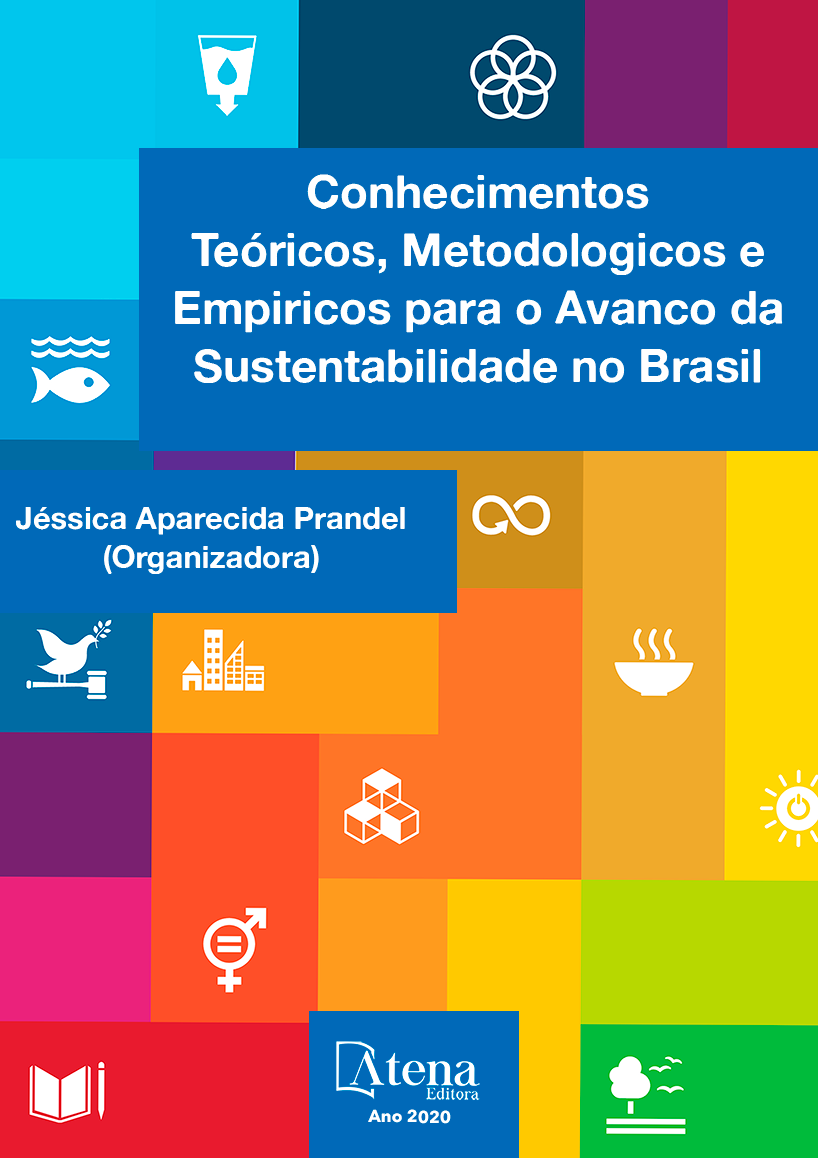
CULTIVO DE RÚCULA SOB BIOMASSA DE PLANTAS DE COBERTURA
A produção de hortaliças vem aumentando significativamente no país. Dentre as hortaliças de maior consumo no destaca-se a rúcula, sendo esta hortaliça rica em sais minerais e vitaminas A e C. O desenvolvimento de tecnologias e manejo que aumentam a qualidade e produtividade desta cultura são de grande importância para o produtor de forma a contribuir com a agregação de valor do produto no mercado de hortaliças. O objetivo deste trabalho foi analisar a produção de rúcula sob diferentes tipos de adubação verde. O delineamento experimental utilizado foi inteiramente casualizado, composto por 4 tratamentos, sendo eles: testemunha, mucuna anã (Mucuna pruriens), nabo forrageiro (Raphanus sativus) e a Ervilhaca (Vicia sp.). Todas as rúculas cultivadas em solos nos quais foram incorporados restos culturais de plantas de cobertura apresentaram maior altura, massa fresca e massa seca. Através da presente pesquisa pode-se concluir que a incorporação de biomassa de ervilhaca podem ser uma alternativa viável e sustentável para a produção de rúcula no país, minimizando a utilização de adubos, promovendo uma agricultura de baixo impacto ambiental e à saúde.
CULTIVO DE RÚCULA SOB BIOMASSA DE PLANTAS DE COBERTURA
-
DOI: 10.22533/at.ed.9432030016
-
Palavras-chave: Agricultura sustentável. Hortaliças. Plantas de cobertura
-
Keywords: Sustainable agriculture. Vegetables. Cover crops
-
Abstract:
Vegetable production has been increasing significantly in the country. Among the most consumed vegetables in the arugula stands out, being this vegetable rich in mineral salts and vitamins A and C. The development of technologies and management that increase the quality and productivity of this crop are of great importance to the producer in order to contribute to the value added of the product in the vegetable market. The objective of this work was to analyze arugula production under different types of green manure. The experimental design was completely randomized, consisting of 4 treatments, namely: control, dwarf mucuna (Mucuna pruriens), forage turnip (Raphanus sativus) and vetch (Vicia). All arugula cultivated in soils in which cover crop residues were incorporated presented higher height, fresh mass and dry mass. Through the present research it can be concluded that the incorporation of vetch biomass can be a viable and sustainable alternative for arugula production in the country, minimizing the use of fertilizers, promoting low environmental impact and health.
-
Número de páginas: 10
- Camila Karen Reis Barbosa
- Kleso Silva Franco Junior
- CÉSAR AUGUSTO DA FONSECA FRANCO


